THE
GENEALOGISTS Census
Pocket
Reference
Tips, Tricks & Fast Facts
to Track Your Ancestors
From Allison Dolan and the Editors of
Family Tree Magazine
Cincinnati, Ohio
shopfamilytree.com
Introduction
G enealogists have a love-hate relationship with the US census. Yes, we love the reams of data those every 10-years population tabulations created, but we loathe inscrutably handwritten enumeration sheets. Between census appearances, ancestors often seem to switch not just residences but birth dates, too. Names can be indecipherable or all too common (is that your James Smith or somebody elses?). Offspring mysteriously appear and disappear. Worst, in some head counts, your ancestors simply refuse to be found at all.
To help you best utilize the census, weve gathered key resource lists, definitions, dates and other reference information from Family Tree Magazine and FamilyTreeMagazine.com and put it all into this guide. Stash it in your bag, your desk or even your pocket, and pull it out whenever you need some insight on your enumeration examination.
How to Use This Book
C heck the table of contents of this book to familiarize yourself with the information inside it. When you come across a census word or acronym you dont know, want to try a new website, have to calculate a Soundex code, want to learn how common your national heritage is, or need other pertinent information, look at the table of contents of this book, turn to the appropriate chapter and go to the section you need. Whenever your research uncovers a new resource or information thats pertinent to your family history, write it down in , designed especially for you to record your favorite reference material.
1
CENSUS FACTS
OFFICIAL CENSUS DATES
Congress designated an offical date for each census.
The census was to record the population exactly as it was on the official census date. However, enumerators may have visited an address days or weeks after the offical census date. Although enumerators were instructed not to record anyone born after the official census date, families were sometimes confused and reported the birth anyway. The same is true for deaths. If a person died after the census date but before the enumerator visited, the person was to be counted for that census, but again, because of confusion the dead were sometimes not counted. 1790 Federal marshals count 3.9 million people in the first census by going door-to-door through the 13 states plus the districts of Maine, Vermont, Kentucky and the Southwest Territory. 1820 Respondents are asked if engaging in agriculture, commerce or manufacturing. 1830 The first printed questionnaires are used for collecting census data. 1840 Questions on agriculture, mining and fishing are added to the census. 1850 All free persons are recorded by name, along with their occupation and place of birth. 1861 Census data is used during the Civil War to measure relative military strengths and manufacturing abilities of the Union and Confederacy. 1868 The 14th Amendment ends the three-fifths counting rule for African-Americans. 1870 American Indians are first enumerated, excluding those living on reservations. 1880 Congress establishes a census office in the Department of the Interior. 1890 The 1890 census is the first to use punchcards and an electrical tabulation system. 1900 The Departments of War and the Navy enumerate military personnel, including those who were abroad. 1902 Congress authorizes a permanent census office, which is transferred the following year to the Department of Commerce and Labor. 1913 The Department of Commerce splits with the Department of Labor, bringing with it the US Census Bureau. 1919 Congress allows individuals to request copies of the census for genealogical purposes. 1921 The 1890 returns are destroyed by an unexplained fire. 1930 Following the onset of the Great Depression, the Census Bureau begins asking questions about unemployment and income. 1940 The Census Bureau creates an additional long form to be answered by a small percentage of the population. 1950 UNIVAC I, a computer, is used to help tabulate results. 1960 Questionnaires are mailed to urban households to be completed and mailed back to the Census Bureau. 1970 For the first time, respondents are asked to check off whether they are of Spanish or Hispanic origin or descent. 1990 The 1990 census is the first to be less accurate than the count preceding it, with an estimated 8.4 million people missed and another 4.4 million counted twice. 1999 The Supreme Court rules statistical samplings cannot be used to apportion congressional seats. 2000 For the first time, the Census Bureau runs a nationwide advertising campaign to encourage people to fill out their forms. 2010 The long form is replaced by the Census Bureaus annual American Community Survey.
LOST OR MISSING CENSUSES
All censuses miss some individuals here or there, but in some cases, records have been lost for various censuses and counties or cities.
LOST OR MISSING CENSUSES
All censuses miss some individuals here or there, but in some cases, records have been lost for various censuses and counties or cities.
The largest record lost occurred in 1921 when a fire in the Commerce Department damaged or destroyed the 1890 census. Only 1 percent of the 1890 census documents survived the fire. Missing census records by state: ALABAMA 1820; territorial records available for Baldwin, Conecuh, Dallas, Franklin, Limestone, St. Clair, Shelby and Wilcox counties in the Alabama Historical Quarterly, vol. 6 (Fall 1944) ALASKA 1870, 1880 ARKANSAS 1820 CALIFORNIA 1850 (Contra Costa, San Francisco and Santa Clara counties only) DELAWARE 1790 DISTRICT OF COLUMBIA 1810 FLORIDA 1860 (Hernando County only) GEORGIA 1790, 1800 (except Oglethorpe County), 1810, 1820 (Franklin, Rabun and Twiggs counties only) ILLINOIS 1810 INDIANA 1800, 1810, 1820 (Daviess County only), 1830
(Wabash County only) KENTUCKY 1790, 1800 LOUISIANA 1860 (Bienville County only) MAINE 1800 (part of York County only), 1810 (half of Oxford County), 1820 (Houlton Plantation in Washington County only) MARYLAND 1790 (Allegheny, Calvert, Somerset and part of Dorchester counties only), 1800 (Baltimore County outside of city of Baltimore only), 1830 (Montgomery, Prince Georges, Queen Annes, St. Marys and Somerset counties only) MASSACHUSETTS 1800 (Boston and part of Suffolk County only), 1890 veterans (Worcester County only) MICHIGAN 1810 MISSISSIPPI 1830 (Pike County only), 1860 (Hancock, Sunflower and Washington counties only) MISSOURI 1810, 1820 NEW HAMPSHIRE 1800 (part of Rockingham and Strafford counties only), 1820 (Grafton County and parts of Rockingham and Strafford counties only)


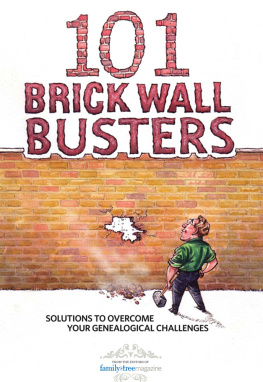


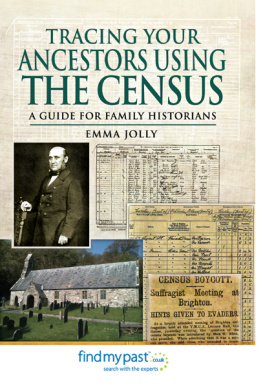
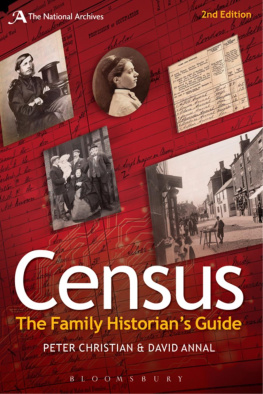
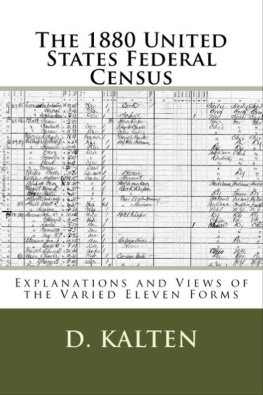
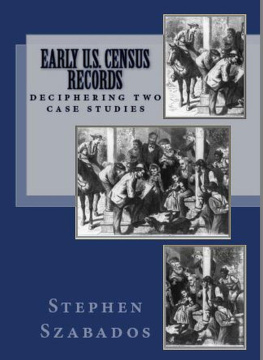
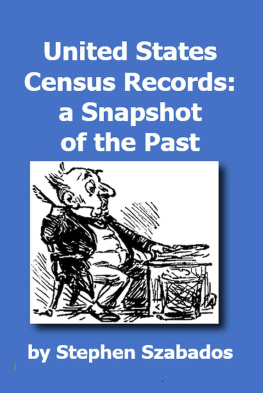

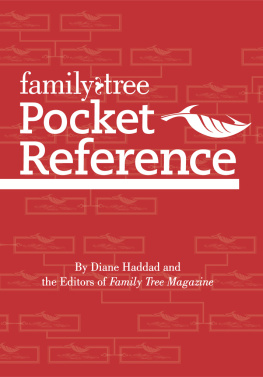
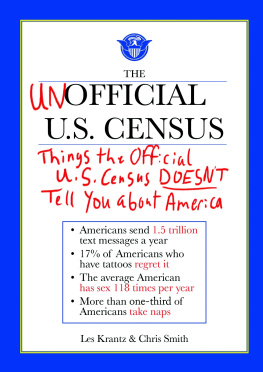
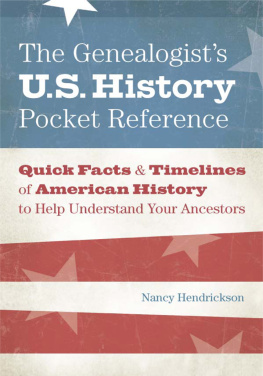
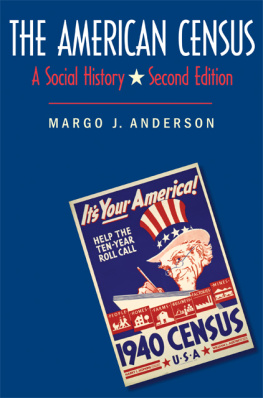

 Cincinnati, Ohio
Cincinnati, Ohio